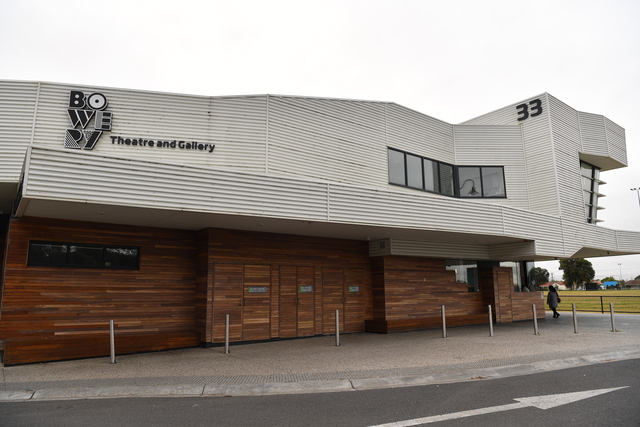Across all of local government areas (LGA) in Melbourne’s west, people living in Brimbank are the most likely to be homeless.
Brimbank has the highest number of people experiencing homelessness of all the west metropolitan LGAs. The 2021 census identified there were 1528 people experiencing homelessness or living in severely overcrowded dwellings in Brimbank.
The municipality is also bracing for an influx of an additional 44,000 residents by 2041, and a deficit of 14,000 homes.
At the most recent council meeting in October, council endorsed a draft submission as part of the Australian Government’s National Housing and Homelessness Plan (NHHP) which will set out a shared vision over 10 years to inform future housing and homelessness policy in Australia.
Council’s draft submission outlines 25 recommendations to be considered by the federal and state governments in the development of the NHHP, one of which calls on the NHHP to recognise the role of local government in the prevention of homelessness.
During the council meeting Cr Virginia Tachos read out a submission from council’s research conducted in 2019 which included a consultation with people with lived experience of homelessness, who were asked to respond to the question: What would you say if you could sit down with the mayor or councillors of Brimbank and talk about your situation?
“I would ask him or her if they can help me in affordable long-term housing, so we can settle down and the children won’t ask me ‘where are we going next mummy?’ I would like things to be safe and settled for my children so they can have friends and know they are in a house that they can stay in for a long time,” read one of the submissions.
Councillor Tachos said the report is ‘heart-breaking’ to read.
“Federal and state governments must partner with us in prevention strategies and programs to help marginalised people – working closely with local governments to close the gap of inequality and homelessness,” she said.
“Greater funding is needed for these services and the current system is broken, overwhelmed with crisis accommodation not being an appropriate or safe option for people trying to find a place to live.”







